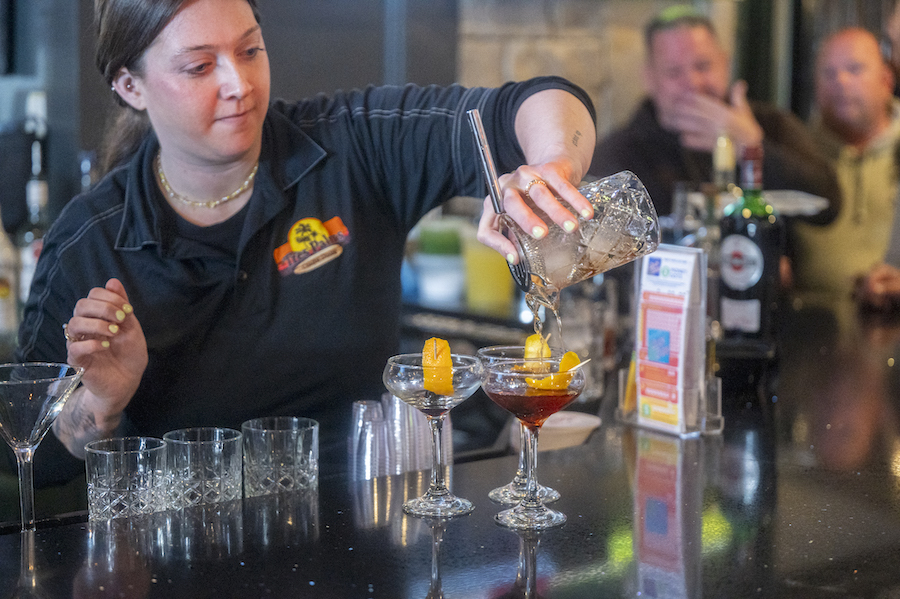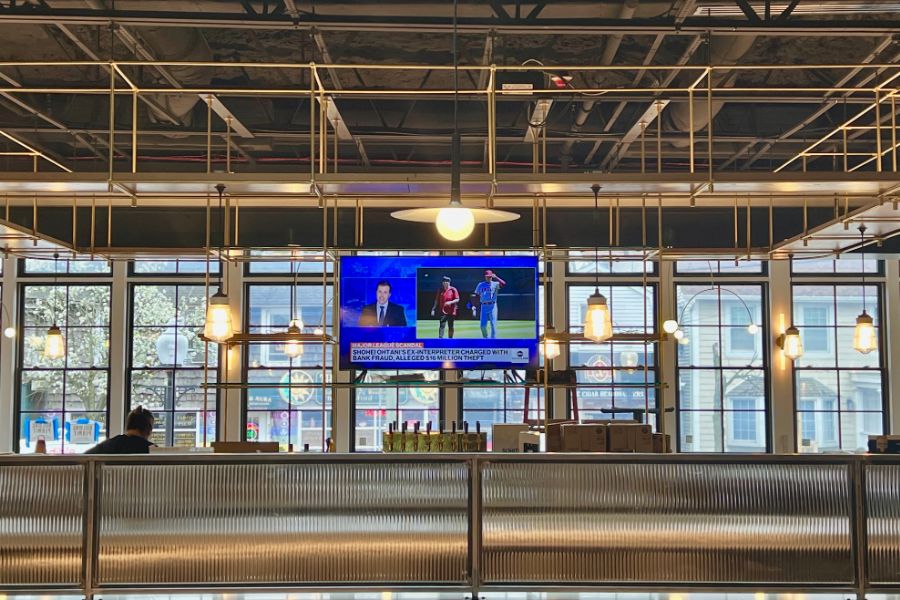
Greater Babylon coverage is funded in part by The Argyle Theatre, where Broadway comes to Babylon. Click here for tickets to ‘A Bronx Tale,’ performing April 25 to June 16.
Across the endless stretch of manicured lawns and post-war suburbia, the physical relics of colonial Long Island are lost in the changing landscape.
The only existence of these colonial vestiges is in street signs, school names, and statues of the old aristocracy, which are revered as local heroes surrounded in their own self-created myths.
Left out of the myths are the facts that many of these men were slave owners, whose biggest claim to fame was being wealthy.
Names such as Charles Brewster might have slipped from most local minds in his former community, Amityville, but his legacy and other returning Civil War soldiers of color still hold firm in the fights they fought and battles they won, which echo down from past generations.
In New York, slavery went through a long process of being phased out and by 1827 the last remaining enslaved people were freed.
At its peak, 18 percent of Suffolk County and 27 percent of Queens/Nassau county’s population held an enslaved person. Before being phased out, Long Island’s richest families — Thompson and Gardiners — built generational wealth from the profits or labor of slavery, which can be argued as still paying dividends to the family trust funds to this today.
Long Island’s emancipation of its enslaved people happened decades before April 12, 1861. But the first shots that rang out through the last enclave of slavery, all people of color on Long Island were ready and willing to be the nail in the coffin for slavery.
As the war heated up, Lincoln declared the Emancipation Proclamation, which created a surge of enlistment for people classified “persons of Color.”
In an effort to organize the influx of enlistments, New York City’s Union League Club, and New York State’s Governor Horatio Seymour announced the formation of the 20th Colored regiment in early December 1863.
On the heals of the success in forming the 20th regiment, the Union League would raise the 26th regiment. These segregated units designated Riker’s Island as the reception area and a training ground.
By late December 1863, Rikers was training 500 enlisted men, and averaged 25 new men daily. The sign-on bonus paid was the state’s $75, the City’s $30 and the Union League $10 for each person a soldier recruited.
Inspired by the ideals of ending slavery, Charles Brewster of Amityville, would enlist in the New York 20Th Colored regiment.
This regiment would fight in the battles of Salem Church, and smaller battles that would lead up the Battle of Chancellorsville.
Following the end of the Civil War, many Colored Regiment soldiers coming home would be called back to service for another battle for civil rights.
An example of a Civil Rights movement battle ground would be Amityville public schools. In 1895 a new school was constructed using tax dollars from South Amityville’s white and North Amityville’s Black/Colored populations.
column continues below photo

But students of color within the district were zoned to the Colored School located in North Amityville. Outraged, Charles Brewster put together a petition within the communities of color to have his son and other children attend the newly built white-only school.
Within months of the organized resistance from the community of color, the segregated school was closed and the students were allowed to attend the newly built white school. In 1900 the school integration battle trickled to urban districts within New York City, which was forced to integrate under Governor Theodore Roosevelt.
Brewster’s school integration fights were waged and won 57 years before the landmark case of Brown v. Board, but very little honors this event.
Honoring a person through street signs, names on schools, or even statues reflect not only a community’s identity of shared values, but affords the ability for a true hero to not die a second death of being forgotten.
Click here to learn how to honor one of Long Island’s bravest.

























